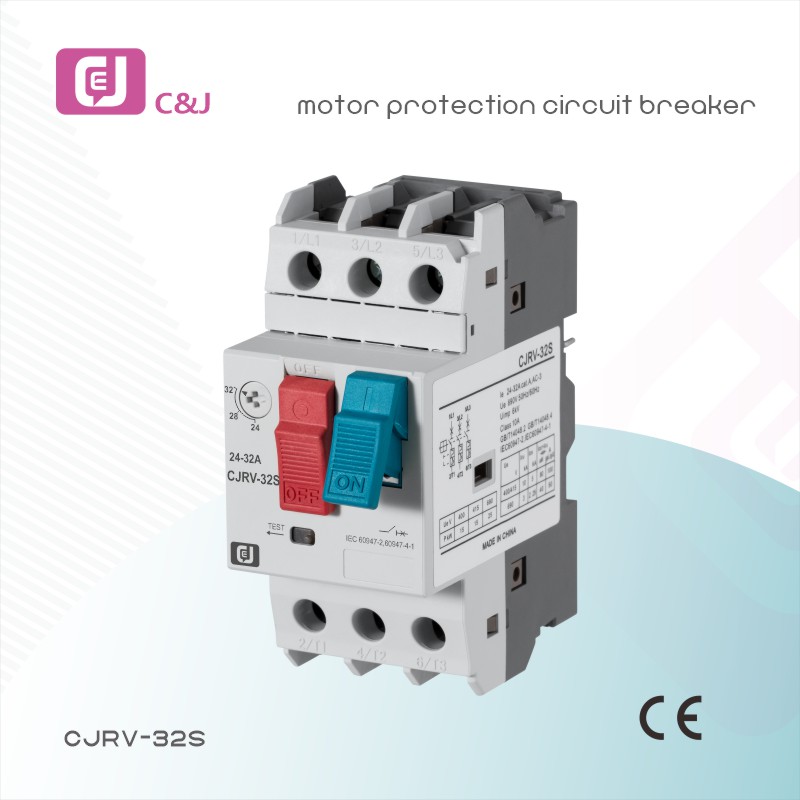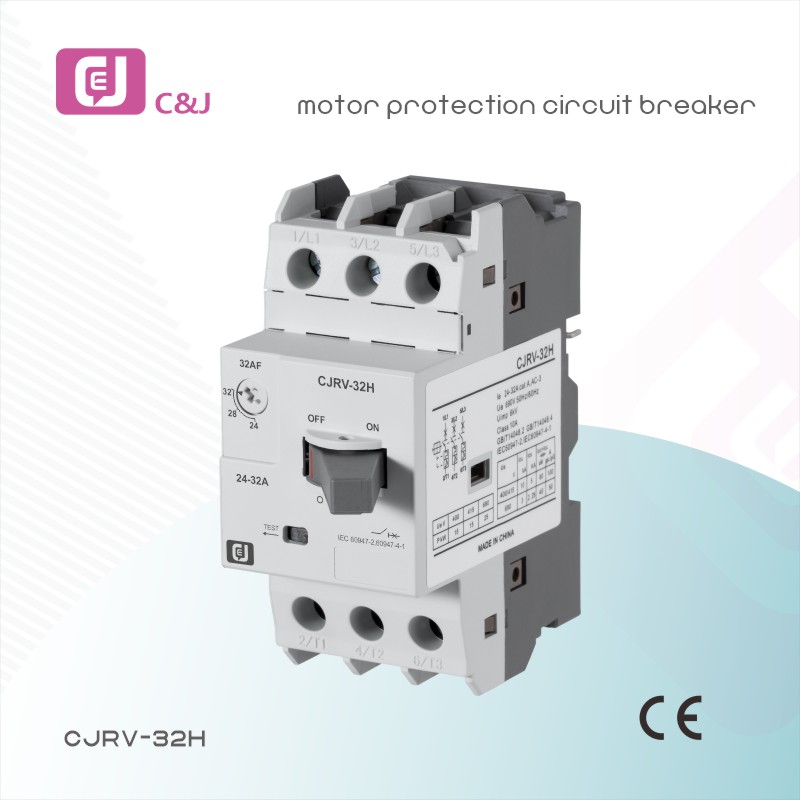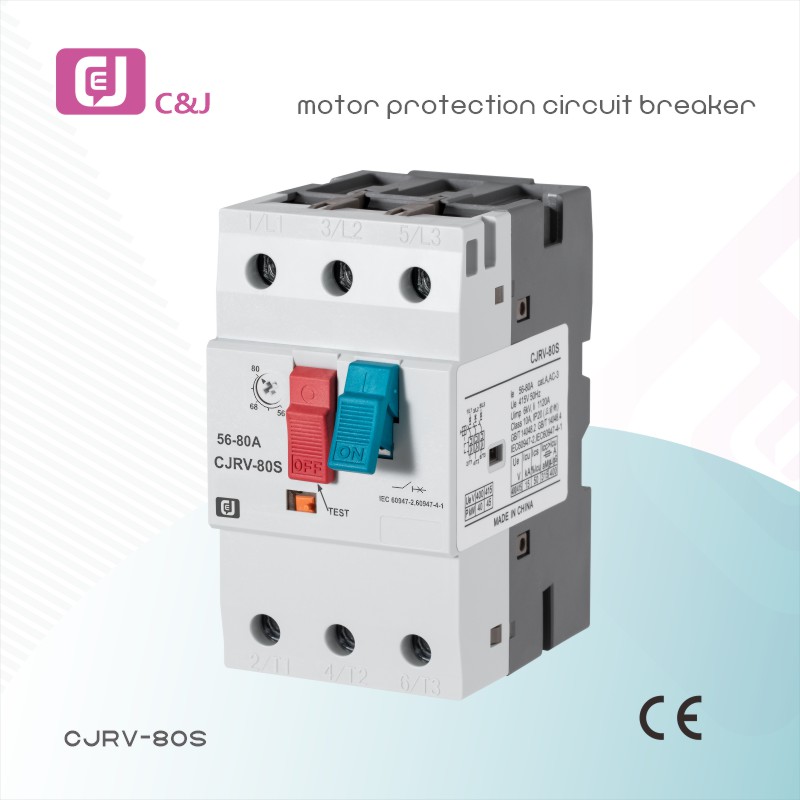Motor protection: ensuring the life and efficiency of electrical systems
In the world of electrical engineering, motor protection is a critical aspect that cannot be overlooked. Motors are the backbone of countless industrial and commercial applications, driving everything from conveyor belts to pumps and fans. However, these critical components are susceptible to various forms of damage, leading to costly downtime and repairs. Therefore, understanding and implementing an effective motor protection strategy is essential to maintaining operational efficiency and extending the life of the motor.
Understand Motor Protection
Motor protection refers to the measures and devices taken to protect motors from potential hazards that could cause failures. These hazards include overload, short circuit, phase imbalance, and environmental factors such as moisture and dust. By adopting appropriate motor protection technology, companies can reduce risks and ensure smooth and reliable operation of motors.
Motor protection type
1. Overload protection: One of the most common threats to motors is overload, which is a failure that occurs when a motor is subjected to a load that exceeds its rated capacity. Overload protection devices, such as thermal overload relays, are designed to detect overload current and disconnect the motor from the power supply before it is damaged. This protection is critical to preventing the motor from overheating and ensuring that the motor does not operate beyond its safe limits.
2. Short circuit protection: A short circuit can cause catastrophic damage to motors and related equipment. Circuit breakers and fuses are often used to provide short circuit protection. These devices can detect sudden current spikes and cut off the current, preventing further damage to the motor and electrical system.
3. Phase protection: Motors are typically designed to run on three-phase power. Phase protection devices monitor the voltage level of each phase and can detect phase loss or phase imbalance. If a problem is detected, these devices can disconnect the motor to prevent overheating and mechanical failure.
4. Environmental protection: Motors are often exposed to harsh environments, which can lead to corrosion, dust accumulation, and moisture intrusion. Housings, seals, and protective coatings can be used to protect the motor from these environmental factors. In addition, using a motor with a higher protection rating (IP) can enhance its durability in harsh conditions.
5. Vibration Monitoring: Excessive vibration can indicate potential problems, such as misalignment or bearing wear. Vibration monitoring systems can provide real-time data on motor performance, allowing early detection of potential problems. By addressing these issues promptly, companies can avoid unexpected motor failures and costly repairs.
The Importance of Regular Maintenance
While motor protection devices are essential, they are not a substitute for regular maintenance. Regular inspection and maintenance, such as lubrication, alignment checks, and cleaning, are essential to ensure that motors operate efficiently and are protected from potentially hazardous conditions. Implementing a proactive maintenance program can significantly reduce the risk of motor failure and extend the life of your equipment.
Bottom Line
In summary, motor protection is an essential component of any electrical system that relies on electric motors. By understanding the various motor protection measures available and implementing them effectively, companies can protect their investments, improve operational efficiency, and minimize downtime. As technology continues to advance, the integration of smart monitoring systems and predictive maintenance tools will further revolutionize motor protection, ensuring that motors remain reliable and efficient for years to come. Investing in motor protection is more than just a preventative measure; it is a strategic decision with long-term rewards.
Post time: May-29-2025




